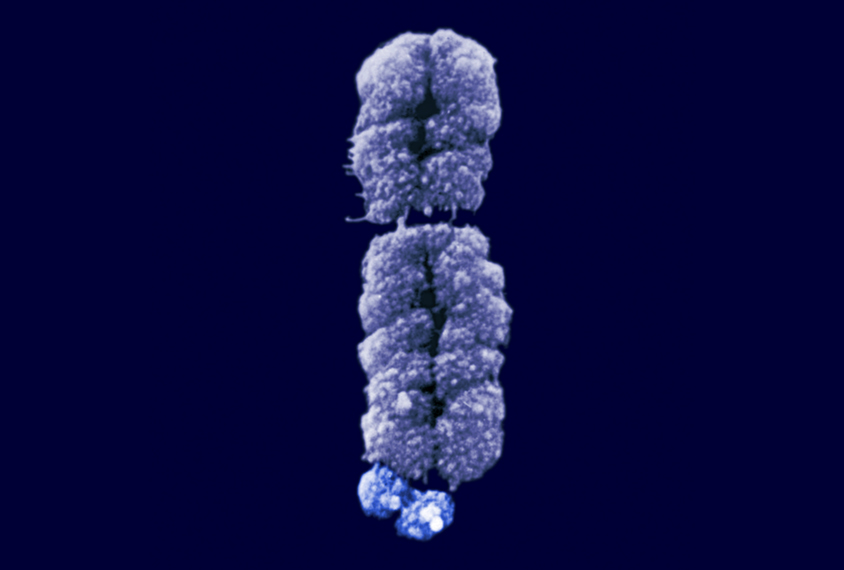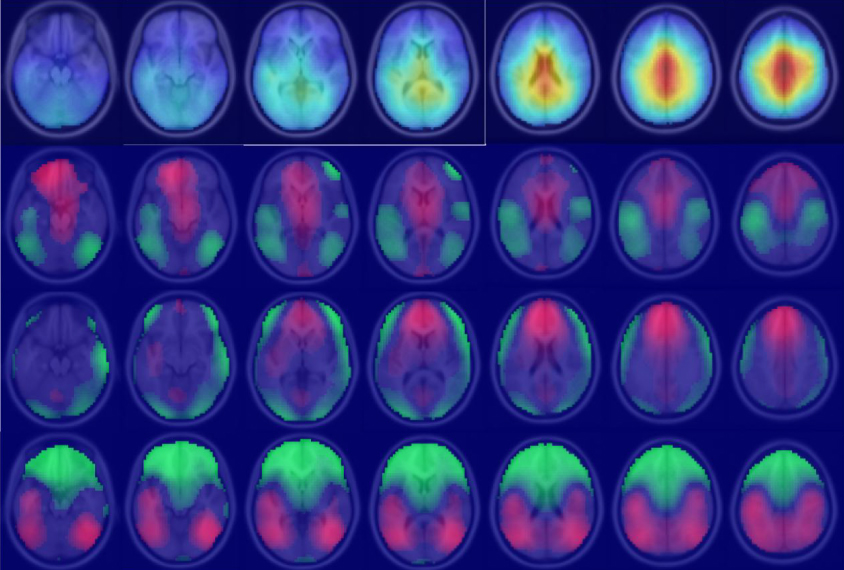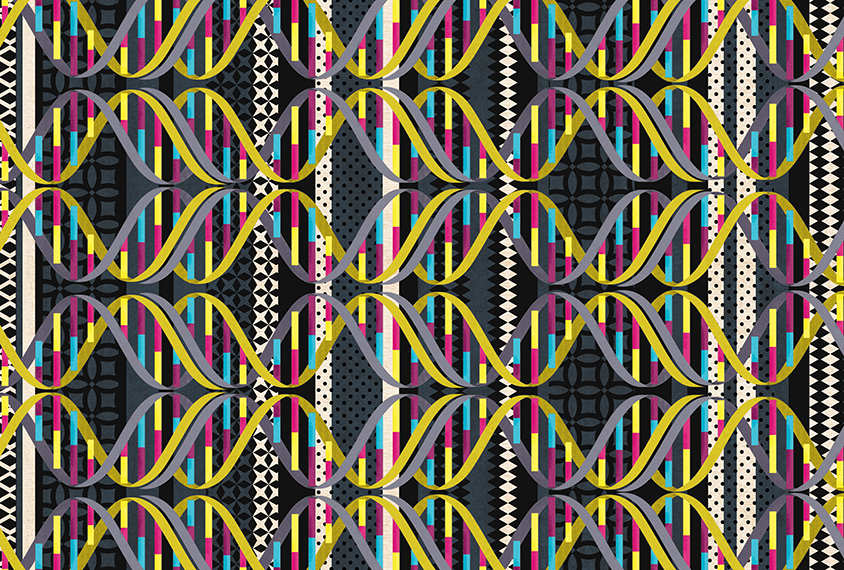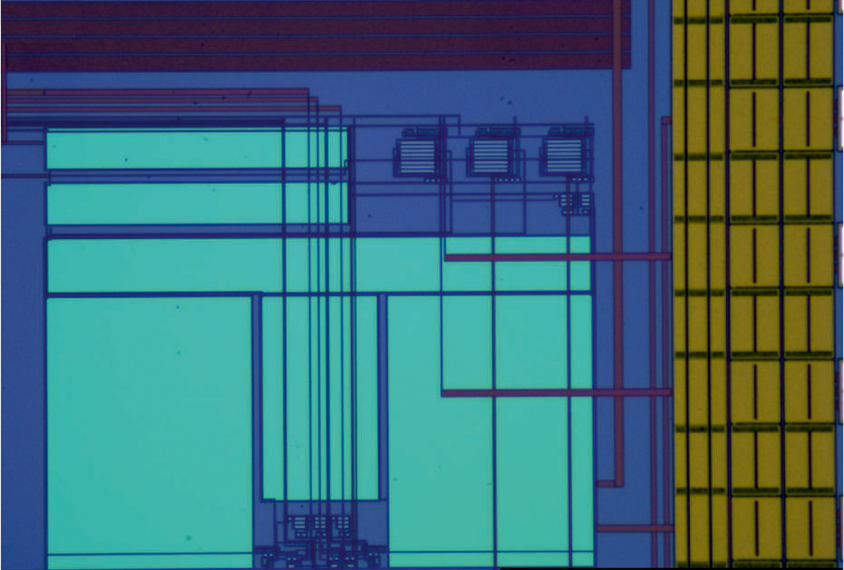Tara Santora is a former intern at Spectrum and a freelance journalist based in New York City. Tara has written about health and the environment for publications such as Psychology Today and Audubon magazine. They are also a graduate student at New York University’s Science, Health & Environmental Reporting Program.

Tara Santora
From this contributor
U.S. authorizes rapid blood test for fragile X syndrome
A new blood test can identify within seven hours whether a person carries the genetic mutation underlying fragile X syndrome.

U.S. authorizes rapid blood test for fragile X syndrome
New analysis of brain activity could identify signal for autism
A new technique allows researchers to analyze raw data across multiple studies that use electroencephalography.

New analysis of brain activity could identify signal for autism
Machine learning flags ‘mosaic’ mutations that may contribute to autism
A new technique detects rare mutations that occur in only a subset of the body's cells.

Machine learning flags ‘mosaic’ mutations that may contribute to autism
Smart jumpsuit may help test motor skills in infants with autism
A new jumpsuit is fitted with sensors that can track and classify an infant's posture and movements.

Smart jumpsuit may help test motor skills in infants with autism
Artificial neurons may repair damaged cells and circuits
Electronic neurons made from silicon mimic brain cells and could be used to treat conditions such as autism.

Artificial neurons may repair damaged cells and circuits
Explore more from The Transmitter
The Transmitter’s most-read neuroscience book excerpts of 2025
Books by Nachum Ulanovsky, Nicole Rust, and Andrew Iwaniuk and Georg Striedter made the list of some of the year's most engaging neuroscience titles.

The Transmitter’s most-read neuroscience book excerpts of 2025
Books by Nachum Ulanovsky, Nicole Rust, and Andrew Iwaniuk and Georg Striedter made the list of some of the year's most engaging neuroscience titles.
Neuroscience’s leaders, legacies and rising stars of 2025
Here are seven stories from the past year about some of the field’s most engaging figures.

Neuroscience’s leaders, legacies and rising stars of 2025
Here are seven stories from the past year about some of the field’s most engaging figures.
The Transmitter’s top news articles of 2025
Check out some of our most-read stories, covering neuroscience funding and policy changes in the United States, and methodological issues in high-profile neuroscience papers.

The Transmitter’s top news articles of 2025
Check out some of our most-read stories, covering neuroscience funding and policy changes in the United States, and methodological issues in high-profile neuroscience papers.